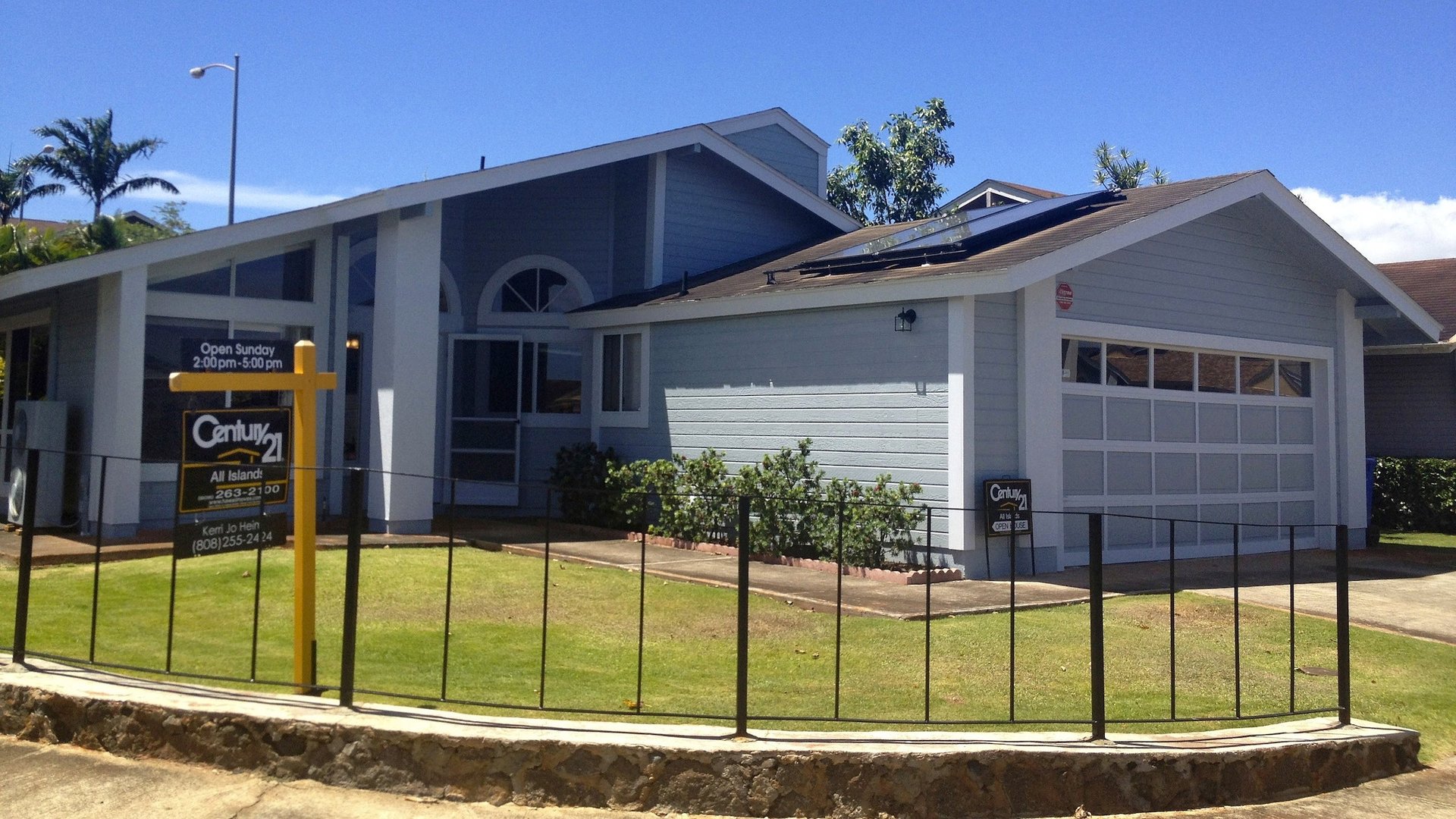Edward Snowden and the magical world of security clearances
For anyone wondering how a disgruntled and relatively junior official like Edward Snowden could gain access to some of the US government’s most treasured secrets and leak them, the answer comes down to four words—the right security clearance.


For anyone wondering how a disgruntled and relatively junior official like Edward Snowden could gain access to some of the US government’s most treasured secrets and leak them, the answer comes down to four words—the right security clearance.
Washington runs on security clearances, with more than 4.2 million people holding them by 2011. They essentially separate those who can work in the ever-expanding security state from those who cannot. A security clearance has become the professional equivalent of Willy Wonka’s Golden Ticket. A generally accepted figure in Washington is that even a low-level clearance is worth upwards of $1 million in earnings potential for the lucky holder—and usually job security for the rest of their working life.
The US government can’t issue clearances fast enough to keep up with all of the job openings that require them, both in the government and with the many private contractors that work with military and intelligence agencies. Entire cottage industries have sprouted to help explain security clearances, how to get them and how to get a good job with them.
To gain access to the kinds of programs that Snowden claims to have disclosed requires a much higher level of clearance—not just Top Secret, but TS/SCI, or Top Secret/Sensitive Compartmented Information. That means one is specifically “read in” on particular projects or programs with an unusual level of secrecy.
Not surprisingly, Snowden’s employer, Booz Allen Hamilton, isn’t saying much about his work there, merely confirming curtly that he’d worked for the Washington area contractor for less than three months. Another of his former employers, the CIA, isn’t talking either.
That leaves a lot of questions about how someone with relatively few years in government service, but who says he made $200,000 a year working for a private contractor at a satellite office in Hawaii, could have access to PRISM, Boundless Informant and other top-secret US government programs.
Steven Aftergood, who directs the Federation of American Scientists’ Project on Government Secrecy, said he is especially curious as to how Snowden would have had access to a Foreign Intelligence Surveillance Act court order and a presidential directive ordering up an overseas target list for cyber-attacks.
“We’re really waiting to learn more of the facts of this case. How was he vetted? Was his access typical or was it the Hawaii version of standard security procedures?” Aftergood told Quartz. “All of those questions are going to be scrutinized for their security policy implications, to try to prevent recurrences of that particular scenario.”
Aftergood says the government should have learned its lesson by now, especially given two similar cases. One is that of Bradley Manning, the army private currently on trial for allegedly using his “top secret” clearance to download classified material to the website Wikileaks.
The other case occurred way back in the mid-1970s, when a young, disgruntled contractor much like Snowden suddenly found himself with a security clearance high enough to work at a facility through which flowed data on some of the most classified US operations in the world. Christopher Boyce, a.k.a. The Falcon, saw all kinds of information about shady ops at the TRW site that offended his sense of justice, and he began stealing it. Only that time, The Falcon, and his sidekick, Daulton Lee, alias The Snowman, sold their classified information to the Soviet Union. They were later played by Timothy Hutton and Sean Penn in a movie version of the case.